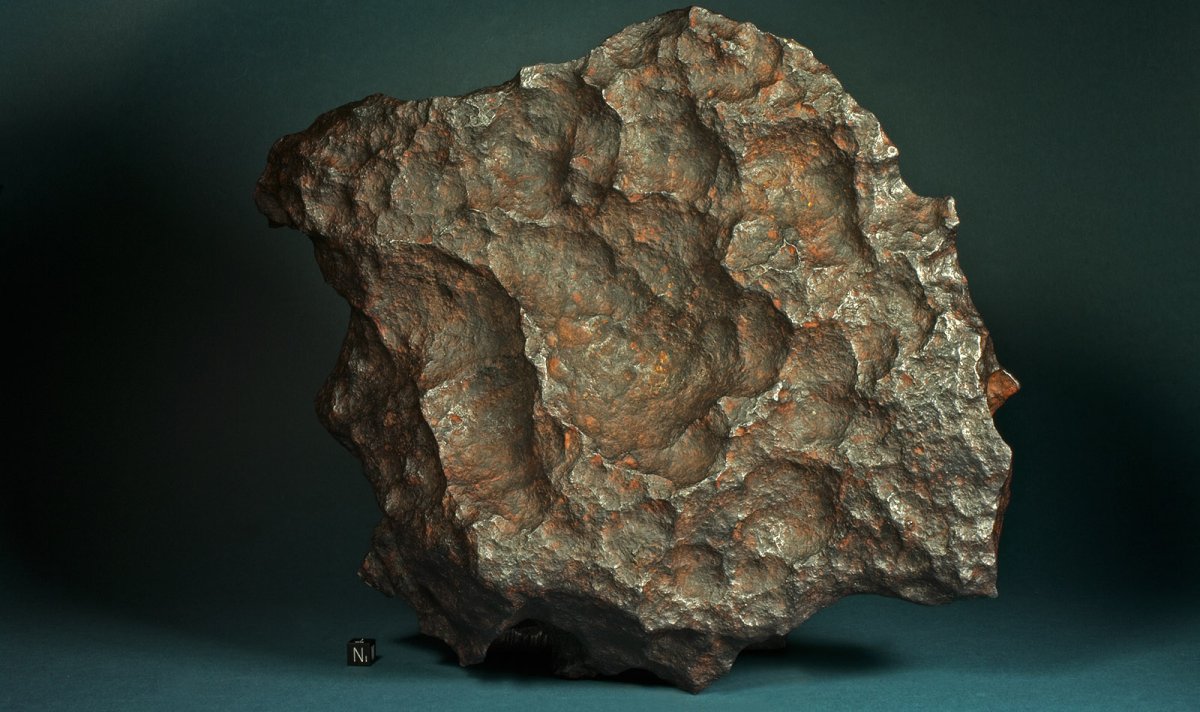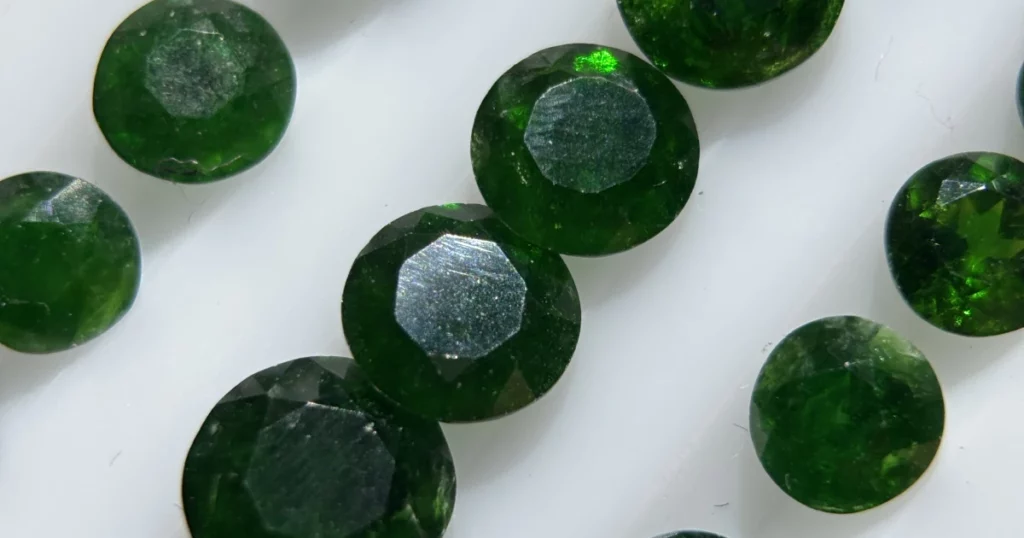Meteorites are more than just space rocks that fall to Earth; they are celestial messengers that carry the history of our solar system and beyond. Throughout history, several meteorites have gained fame due to their unique characteristics, significant scientific value, or the dramatic circumstances of their discovery. In this blog post, we will explore some of the most famous meteorites, delve into their fascinating stories, and understand why they have captivated the imagination of scientists and the public alike.
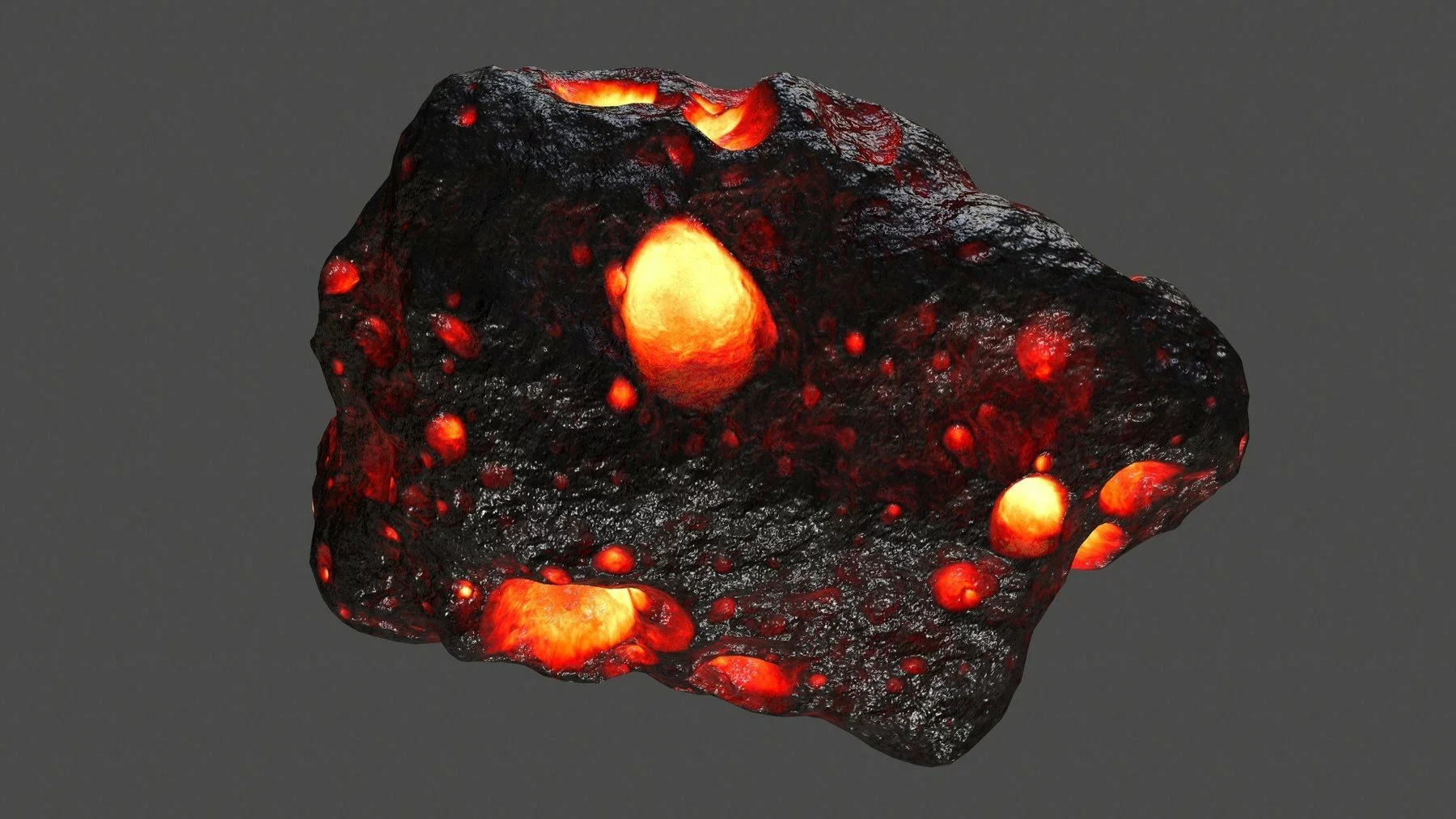
Famous Meteorites
Types of Meteorites: A Celestial Classification
Meteorites are classified based on their composition and internal structure, offering scientists vital clues about the early solar system. Broadly, they fall into three primary categories: Stony Meteorites, Iron Meteorites, and Stony-Iron Meteorites, each with unique characteristics and origins.
As we mentioned in detail in the article Exploring Meteorite Types, we will briefly mention them here.
|
|---|
Stony Meteorites:
Stony meteorites, the most common type, are primarily composed of silicate minerals. They closely resemble rocks found on Earth, which sometimes makes their identification challenging without specialized equipment.
These meteorites are divided into two main groups: chondrites and achondrites. Chondrites contain tiny spherical structures called chondrules, remnants from the early solar system, while achondrites lack these and often originate from differentiated planetary bodies.
Chondritic meteorites are among the oldest materials we can study, dating back over 4.5 billion years. They carry preserved records of conditions that existed before planets fully formed.
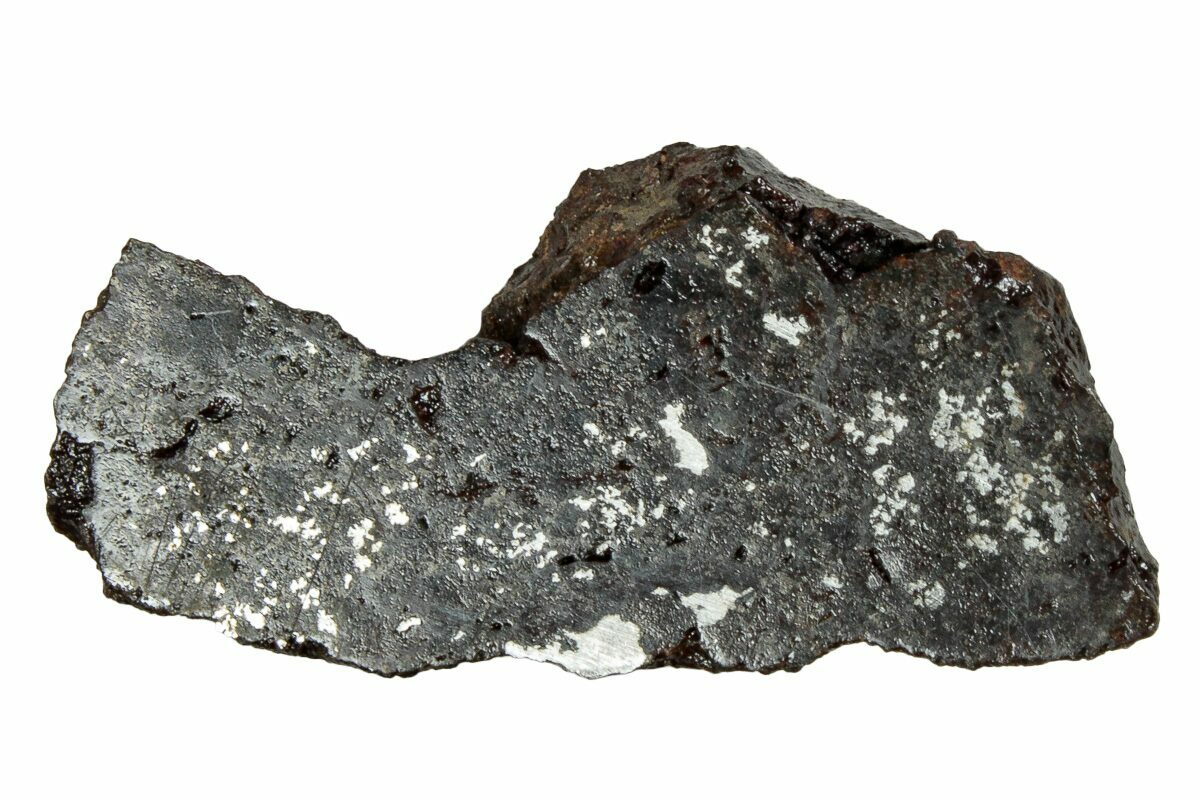
Stony Meteorites
Iron Meteorites:
Iron meteorites are composed predominantly of iron and nickel, forming dense, heavy structures that are markedly different from typical Earth rocks. Their metallic luster and heft make them easy to distinguish.
These meteorites are believed to originate from the cores of ancient, shattered asteroids, where heavy metals sank during early planetary differentiation.
Their internal structure often displays unique crystalline patterns called Widmanstätten patterns, which are only revealed after careful etching and polishing — a fingerprint of their slow cooling in space over millions of years.
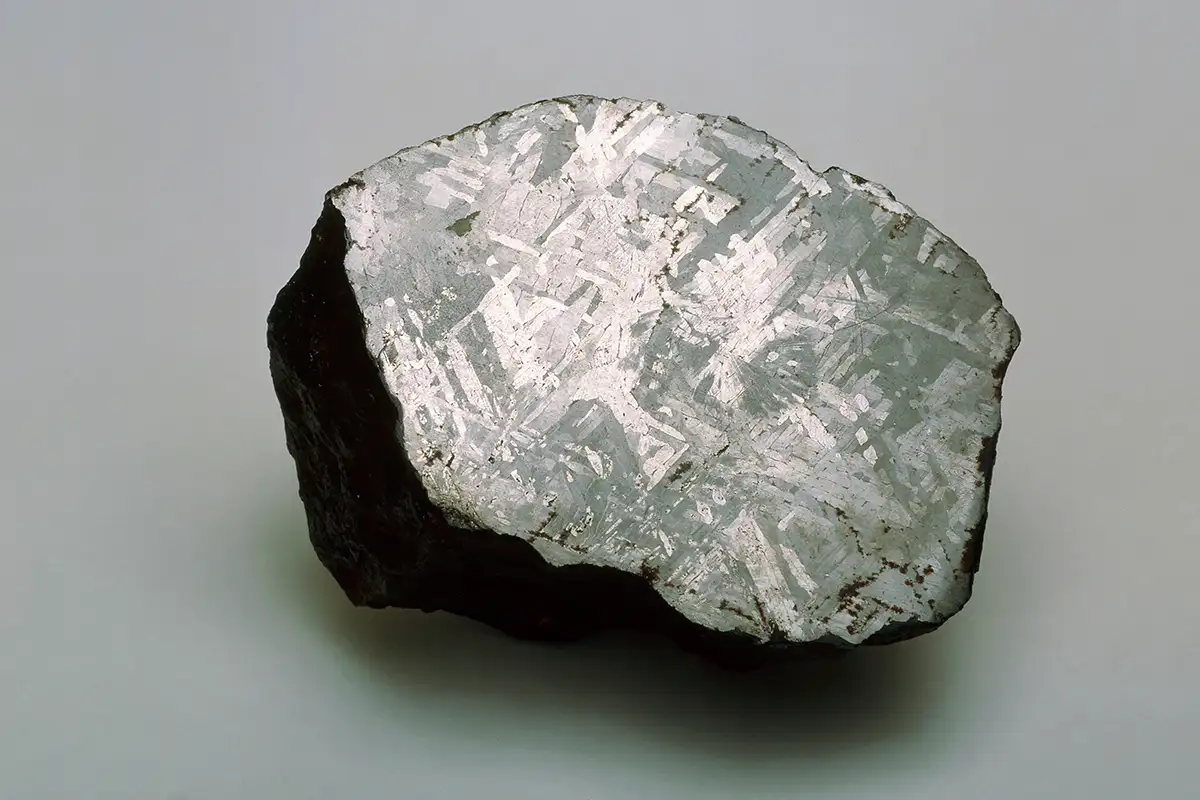
Iron Meteorites
Stony-Iron Meteorites:
Stony-iron meteorites represent a rare and fascinating blend of metallic and rocky materials. They contain nearly equal parts silicate minerals and nickel-iron metal, showcasing a dazzling contrast in texture and composition.
These meteorites are further divided into two subtypes: pallasites and mesosiderites. Pallasites are especially beautiful, with olivine crystals suspended within a metallic matrix, sometimes polished to reveal gem-like interiors.
Scientists believe stony-iron meteorites formed at the boundary between the metal core and silicate mantle of differentiated asteroids, capturing a transitional zone rarely preserved elsewhere.
Finally, if you are planning to buy Dementoid, you can visit the buy Dementoid in Dubai page.
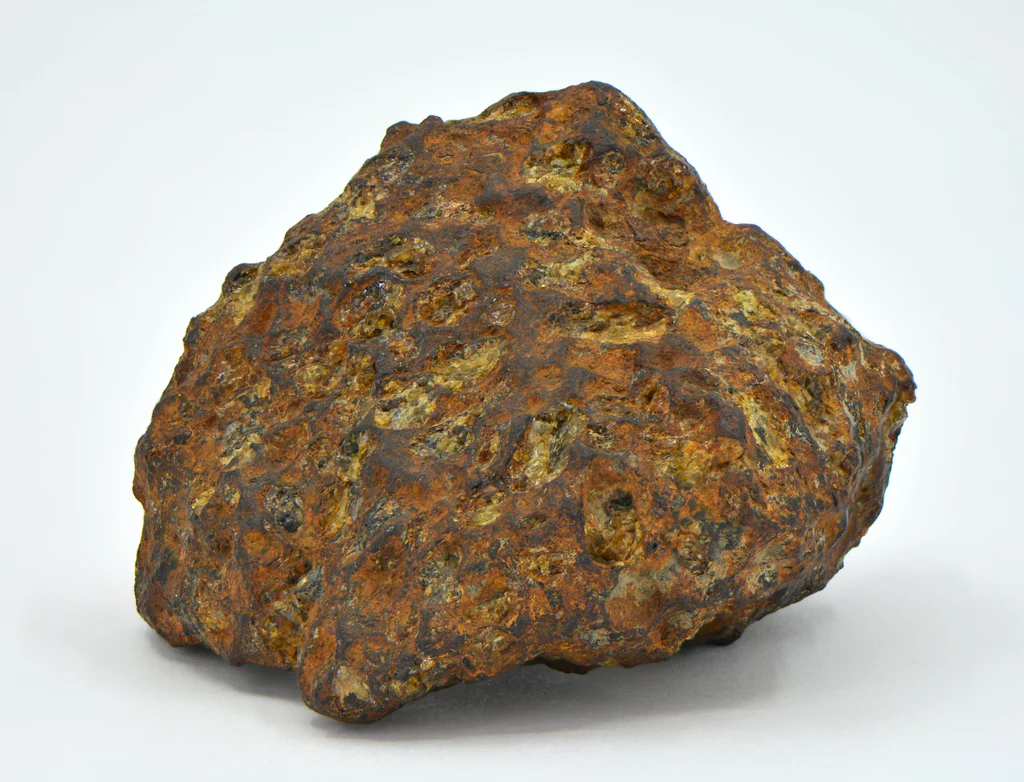
Stony-Iron Meteorites
The Most Famous Meteorites
Meteorites offer a fascinating glimpse into the history of our solar system. Through their composition and origin, they reveal secrets about planetary formation and cosmic evolution.
|
|---|
1. The Hoba Meteorite
Location: Namibia
Year of Discovery: 1920
Type: Iron Meteorite
The Hoba meteorite is not just the largest meteorite ever discovered, but also the largest naturally occurring iron mass found on Earth’s surface, with an estimated weight of around 60 tons. Unearthed accidentally by a farmer while plowing his field near Grootfontein, Namibia, Hoba has remained remarkably preserved at its original site.
Unlike many meteorites that are relocated for study or exhibition, Hoba has never been moved, largely due to its colossal size and weight. Its composition — nearly 84% iron and 16% nickel — provides valuable insights into the metallic cores of ancient asteroids.
Scientists believe Hoba entered Earth’s atmosphere at an unusually low velocity, which minimized its fragmentation and allowed it to remain intact upon impact — a rare phenomenon among iron meteorites. Over the years, Hoba has attracted global attention, not only as a major scientific treasure but also as a protected national monument and a significant tourist attraction in Namibia.
Despite minor damages caused by early visitors and souvenir hunters, efforts have been made to conserve this cosmic giant. Hoba’s unique characteristics, including its mass, composition, and preservation, make it unrivaled in its category, with no other known meteorite yet matching its combined attributes of size, condition, and historical significance.
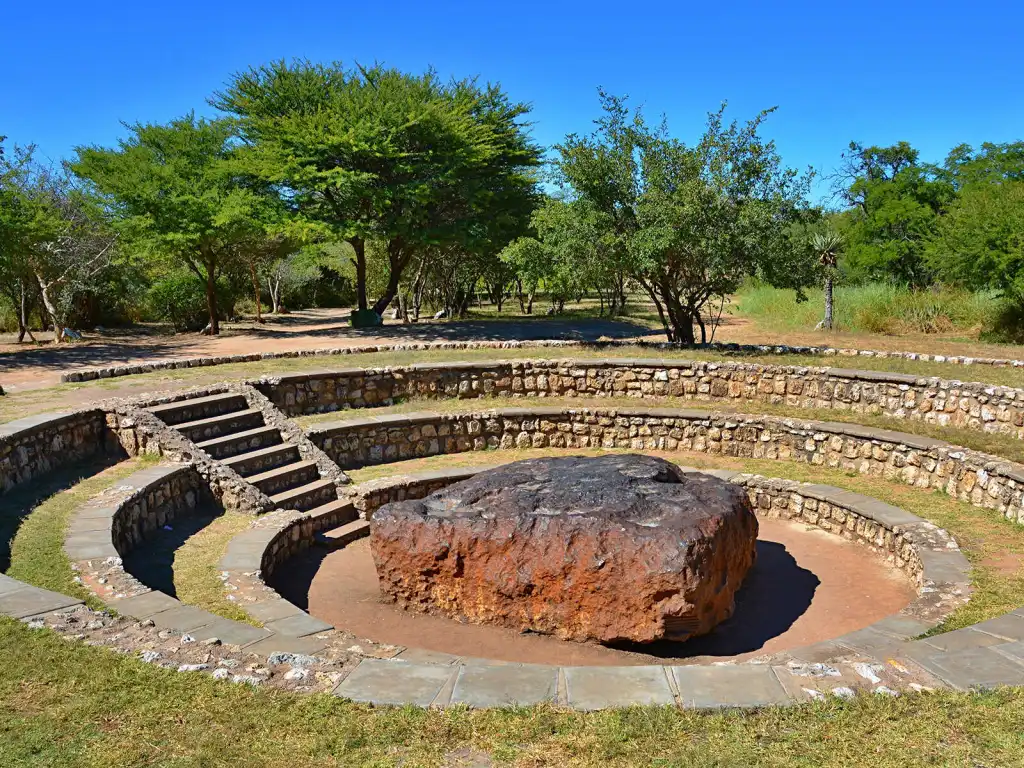
The Hoba Meteorite
2. The Allende Meteorite
- Location: Mexico
- Year of Discovery: 1969
- Type: Carbonaceous Chondrite
The Allende meteorite is often referred to as a “cosmic time capsule,” offering an extraordinary window into the earliest stages of our solar system. Falling in Chihuahua, Mexico, it created a spectacular fireball that illuminated the night sky before scattering thousands of fragments over a vast area.
What makes Allende truly remarkable is its composition: it contains calcium-aluminum-rich inclusions (CAIs), which are among the oldest known solid materials, dating back over 4.5 billion years.
As one of the most studied meteorites in history, Allende has dramatically advanced our understanding of planetary formation and the primordial solar nebula. Scientists have found evidence within its structure of pre-solar grains — particles that even predate the formation of the Sun itself.
Its rich organic content, combined with the pristine state of its ancient inclusions, positions the Allende meteorite as an unparalleled resource for studying the building blocks of planets and the very origins of life’s essential elements.
Today, fragments of Allende are preserved in museums and research institutions worldwide, continuing to inspire new discoveries about our cosmic heritage.

The Allende Meteorite
3. The Chelyabinsk Meteorite
Location: Russia
Year of Discovery: 2013
Type: Ordinary Chondrite
The Chelyabinsk meteorite became a global phenomenon when it exploded over the Russian city of Chelyabinsk on February 15, 2013. The explosion released a force estimated at 500 kilotons of TNT, shattering windows, damaging over 7,000 buildings, and injuring more than 1,500 people — a vivid reminder of the real threat posed by near-Earth objects.
Fragments of this ordinary chondrite were recovered and extensively analyzed, offering valuable information about the structure, strength, and fragmentation behavior of small asteroids.
The Chelyabinsk event emphasized the urgent need for improved asteroid detection and planetary defense strategies. Today, it stands as a modern landmark in both public awareness and scientific study of cosmic hazards, bridging the gap between theoretical risks and tangible reality.
Also, if you are interested in knowing how meteorites are formed and how they are formed in general, I recommend that you read the article How Meteorites are Formed.
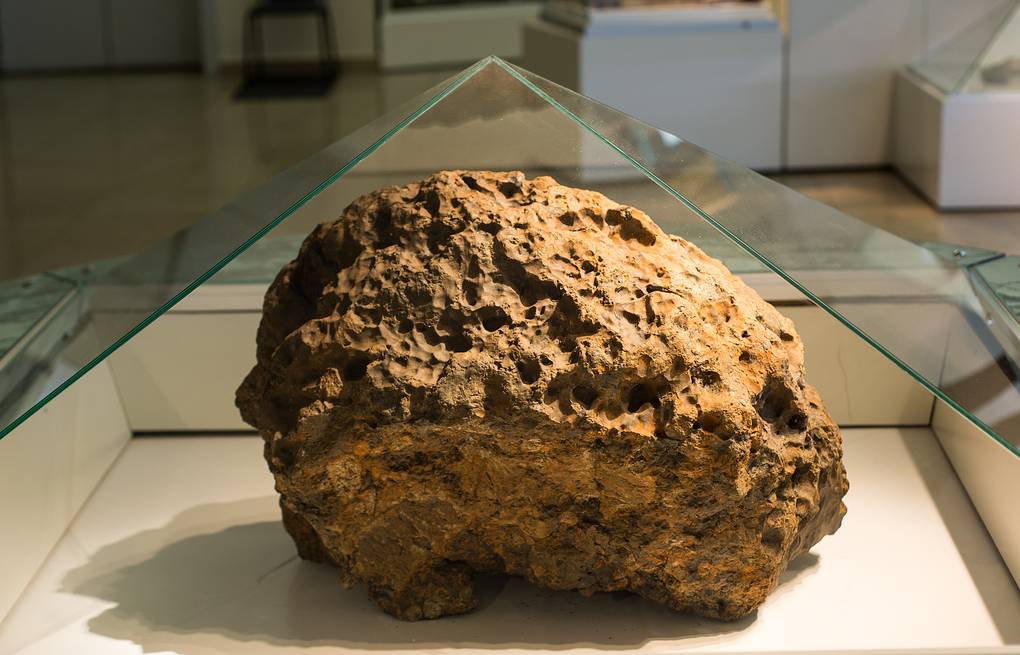
The Chelyabinsk Meteorite
4. The Murchison Meteorite
Location: Australia
Year of Discovery: 1969
Type: Carbonaceous Chondrite
The Murchison meteorite is one of the most scientifically significant meteorite falls ever recorded. It landed near the town of Murchison in Victoria, Australia, in September 1969, showering the area with thousands of fragments. What sets the Murchison meteorite apart is its extraordinarily high concentration of organic compounds, including a wide variety of amino acids — the essential building blocks of life.
Analysis of the meteorite revealed that some of these amino acids are not typically found on Earth, suggesting an extraterrestrial origin for key organic molecules. This discovery has fueled important discussions around the theory of panspermia, the idea that life’s building blocks could have been delivered to Earth from space.
Additionally, the meteorite contains presolar grains — tiny mineral fragments older than our solar system itself — offering scientists direct physical evidence of material from ancient stars. The fall of the Murchison meteorite coinciding with the Apollo 11 Moon landing only deepened its historical significance, linking two monumental events in humanity’s exploration of the cosmos. Today, samples of Murchison are still heavily studied, continuing to unlock secrets about the origin of organic chemistry and life beyond Earth.
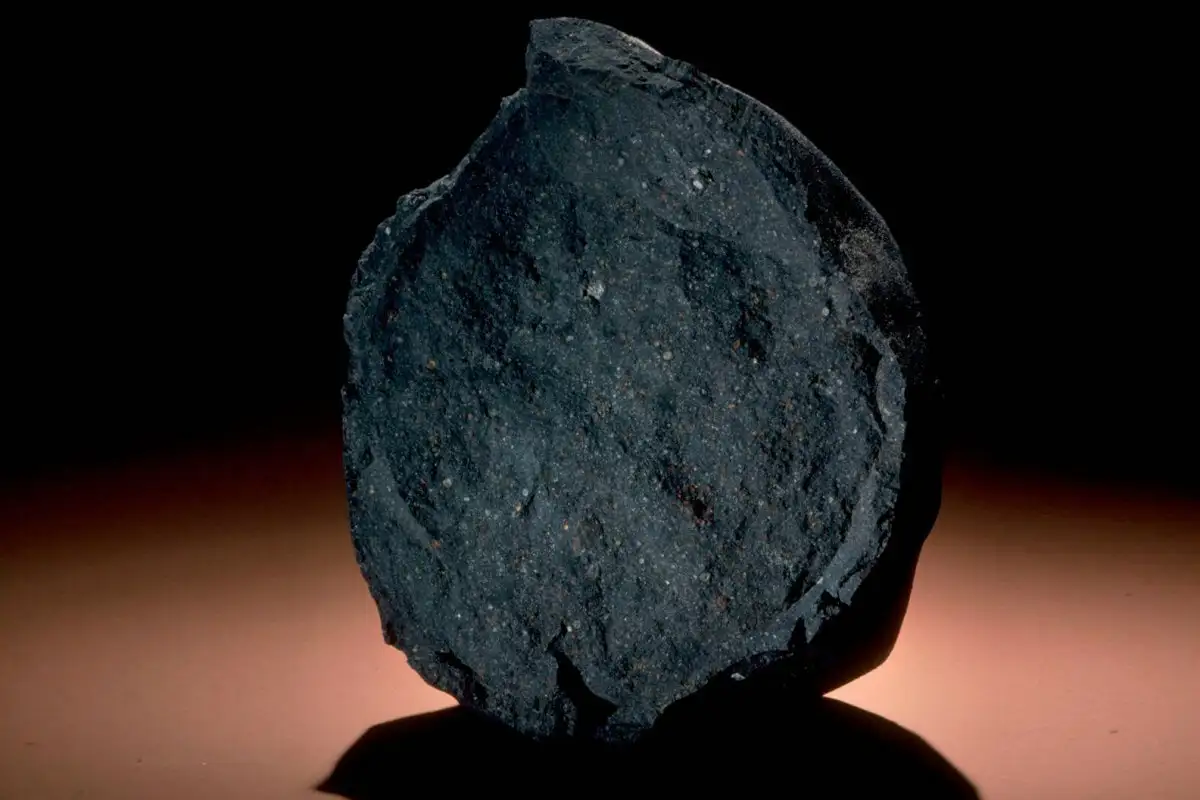
The Murchison Meteorite
5. The Sikhote-Alin Meteorite
Location: Russia
Year of Discovery: 1947
Type: Iron Meteorite
The Sikhote-Alin meteorite event stands as one of the most dramatic witnessed falls in recorded history. On the morning of February 12, 1947, a brilliant fireball streaked across the sky over eastern Russia’s Sikhote-Alin Mountains, ending with a massive explosion in the atmosphere. The force of the explosion fragmented the meteorite into countless pieces, which rained down over a forested area, creating more than 100 craters and devastating the landscape.
Scientists estimate that the original mass of the meteorite was around 70 tons before atmospheric breakup. The largest recovered fragment weighed about 1,745 kilograms. What makes the Sikhote-Alin meteorite particularly remarkable is the diversity of the recovered specimens. Some pieces retained smooth, sculpted surfaces shaped by ablation during entry (showing classic regmaglypts), while others exhibit torn, jagged textures caused by the violent breakup.
The meteorite is classified as a coarse octahedrite, a type of iron meteorite characterized by a distinct crystalline structure visible when cut and etched. Beyond its scientific value, the Sikhote-Alin event captured the public imagination and serves as a powerful reminder of the dynamic, sometimes hazardous, interactions between Earth and space.
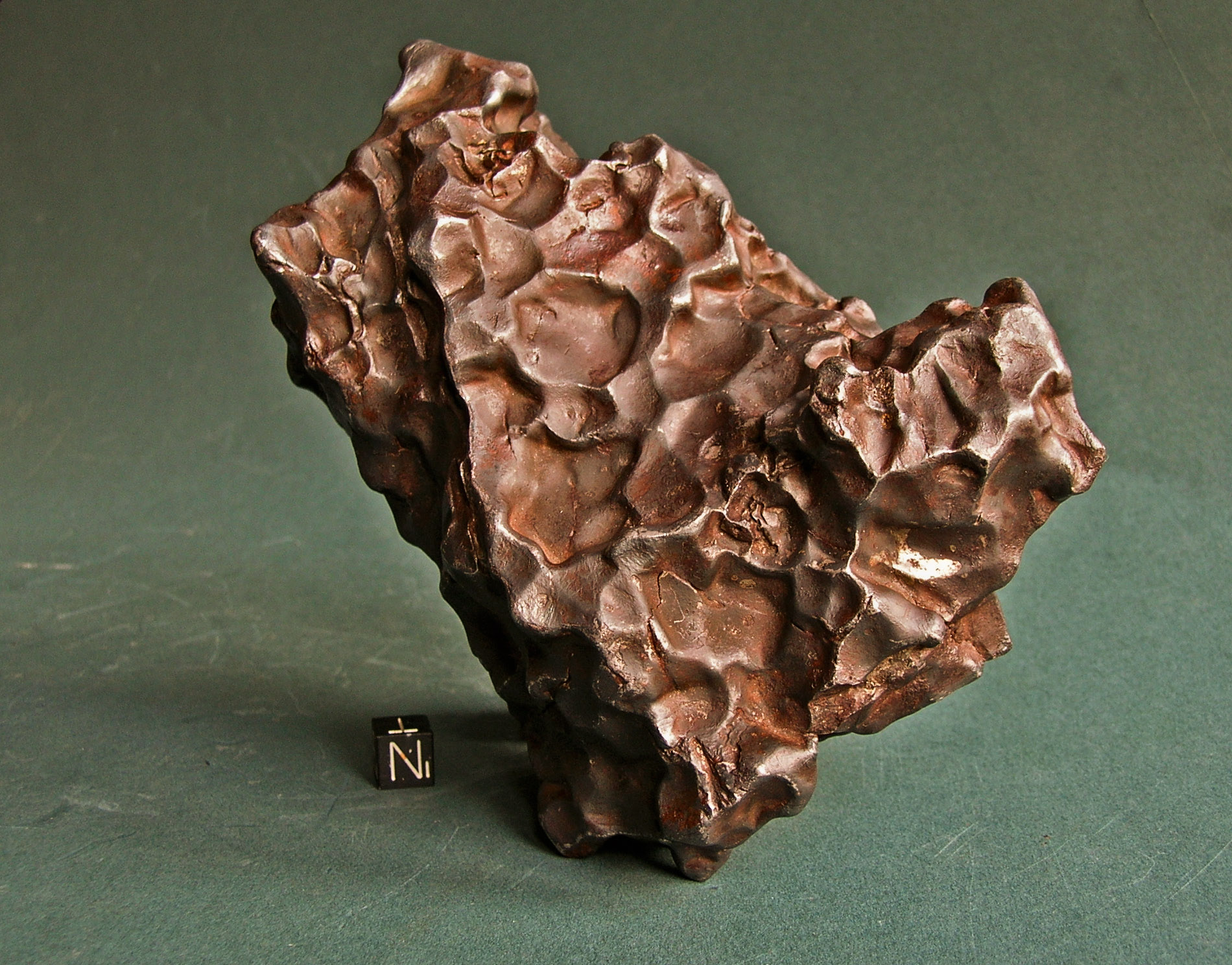
The Sikhote-Alin Meteorite
6. The Willamette Meteorite
Location: United States
Year of Discovery: 1902
Type: Iron Meteorite
The Willamette meteorite holds a special place in both scientific study and public imagination. Discovered in 1902 near Willamette, Oregon, it remains the largest meteorite ever found in the United States and ranks as the sixth-largest globally, with a weight of approximately 15.5 tons. Its composition, mainly iron and nickel, classifies it as an iron meteorite. What makes the Willamette meteorite visually striking is its distinctive surface, filled with large pits and hollows. Scientists believe these features formed due to corrosion processes after the meteorite landed on Earth, rather than during atmospheric entry.
Interestingly, the meteorite had cultural significance long before its “official” discovery. The Clackamas Chinook Native Americans considered it sacred and incorporated it into their spiritual practices. Today, the Willamette meteorite is on permanent display at the American Museum of Natural History in New York City, where it attracts millions of visitors each year. Its history combines elements of geology, astronomy, indigenous culture, and legal battles over ownership, making it far more than just a scientific specimen—it is a symbol of the deep connections between Earth, space, and human history.
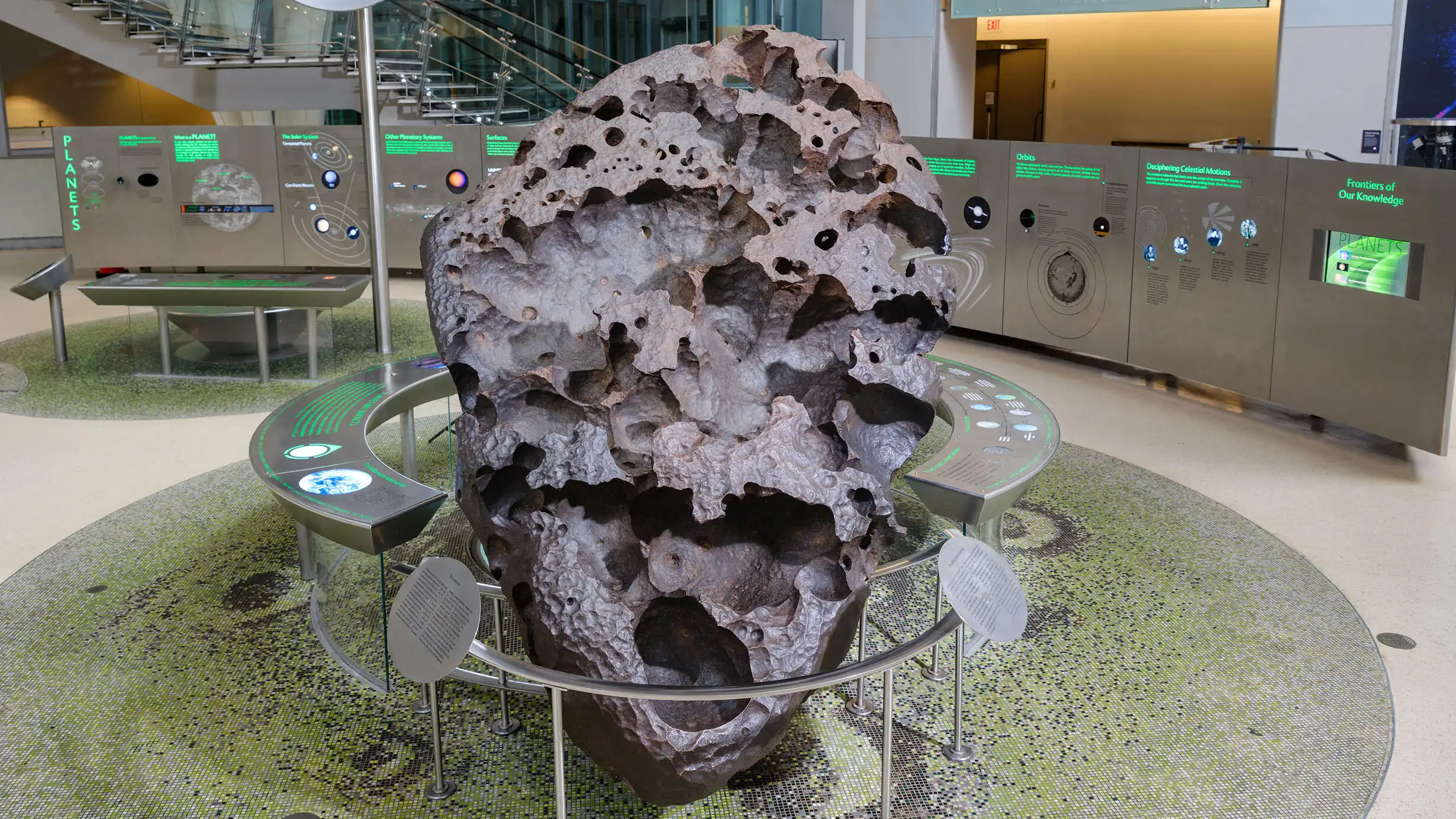
The Willamette Meteorite
7. The Cape York Meteorite
Location: Greenland
Year of Discovery: 1818
Type: Iron Meteorite
The Cape York meteorite, known especially for its largest fragment “Ahnighito,” is a fascinating artifact of both natural and human history. Located in Greenland and weighing around 34 tons, it is one of the heaviest iron meteorites ever discovered. Indigenous Inuit communities had known about and utilized the meteorite for centuries before its “official” discovery in the early 19th century. They skillfully used fragments of the meteorite’s iron to craft tools and weapons, long before modern mining technologies existed.
In 1894, famed Arctic explorer Robert Peary led a challenging expedition to transport the massive Ahnighito fragment to the United States—a feat that required a specially built ship and immense human effort. Today, the Cape York meteorite is housed at the American Museum of Natural History, where it rests on a specially reinforced floor due to its enormous weight. Beyond its geological significance, the meteorite represents an extraordinary intersection of cosmic history and indigenous resourcefulness, offering insights not only into the materials of the solar system but also into the resilience and ingenuity of the Inuit people.
Also, if you are looking to buy Jewellery, you can visit the buy Jewellery in Dubai page.
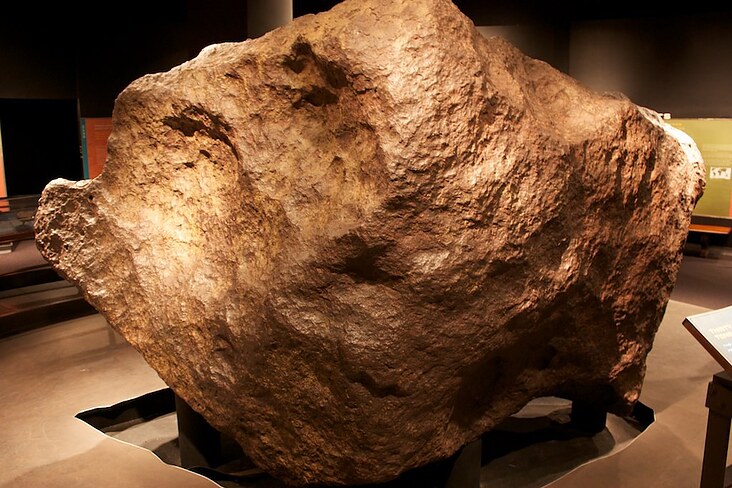
The Cape York Meteorite
8. The Fukang Meteorite
- Location: China
- Year of Discovery: 2000
- Type: Pallasite (Stony-Iron Meteorite)
The Fukang meteorite is widely regarded as one of the most beautiful meteorites ever discovered. Found in the Gobi Desert near Fukang, China, in 2000, this extraordinary specimen belongs to the rare class of pallasite meteorites, which are composed of both metal and crystals. The Fukang meteorite stands out for its stunning appearance: its metallic matrix is studded with large, gem-quality olivine crystals that shimmer with golden-green hues when light passes through them.
When sliced and polished, the meteorite reveals a breathtaking mosaic of translucent crystals, making it highly sought after by collectors, museums, and researchers. Scientists study it not only for its aesthetic value but also for the insights it offers into the formation of the early solar system. Pallasites like the Fukang meteorite are thought to have formed at the boundary between the metal core and silicate mantle of differentiated asteroids, offering rare glimpses into planetary interiors. The Fukang meteorite is truly a masterpiece of nature, bridging science and natural artistry in one awe-inspiring object.

The Fukang Meteorite
9. The Ensisheim Meteorite
- Location: France
- Year of Discovery: 1492
- Type: Ordinary Chondrite
The Ensisheim meteorite holds a unique place in history as the oldest documented meteorite fall in Europe with a precisely recorded date. On November 7, 1492, the meteorite fell near the town of Ensisheim in Alsace, France, with a dramatic explosion that startled locals and caused considerable commotion. The meteorite, weighing around 127 kilograms, embedded itself deep into a field and was soon recovered by villagers.
Recognizing the event’s significance, local leaders decided to place the meteorite in a church to protect and honor it. Today, it remains on display at the Musée de la Régence in Ensisheim. The fall was so widely witnessed and documented that it marked an important early moment in the scientific study of meteorites, challenging medieval views of celestial phenomena. The Ensisheim meteorite serves not just as a geological specimen but also as a cultural artifact, symbolizing humanity’s growing curiosity about the universe beyond Earth.
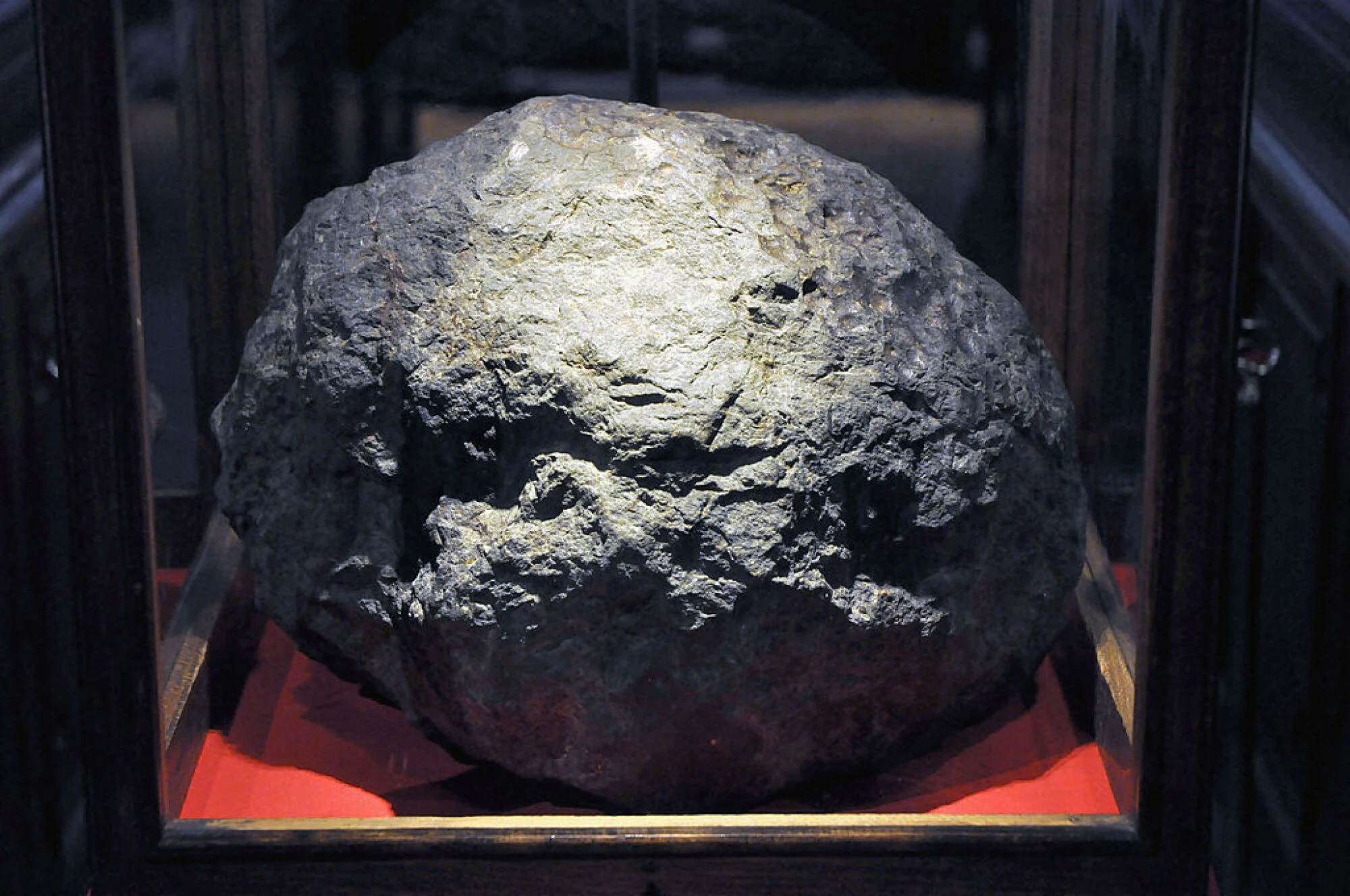
The Ensisheim Meteorite
10. The El Chaco Meteorite
- Location: Argentina
- Year of Discovery: 1969
- Type: Iron Meteorite
The El Chaco meteorite is a colossal fragment from the Campo del Cielo (“Field of the Sky”) meteorite field located in Argentina. Discovered in 1969, El Chaco is one of the largest known meteorites, weighing approximately 37 tons. It belongs to the iron meteorite group and is composed mainly of iron with small amounts of nickel.
The Campo del Cielo meteorites are estimated to have fallen around 4,000 to 5,000 years ago, creating a landscape dotted with craters. The El Chaco fragment itself is a massive, weathered piece that offers scientists valuable information about the composition and impact behavior of large meteoritic bodies. Additionally, the surrounding craters provide rare opportunities to study ancient impact processes. Despite some controversies over ownership and attempts to move it illegally, El Chaco remains a protected natural treasure of Argentina. Its immense size and historical significance make it a standout among the world’s great meteorite discoveries.
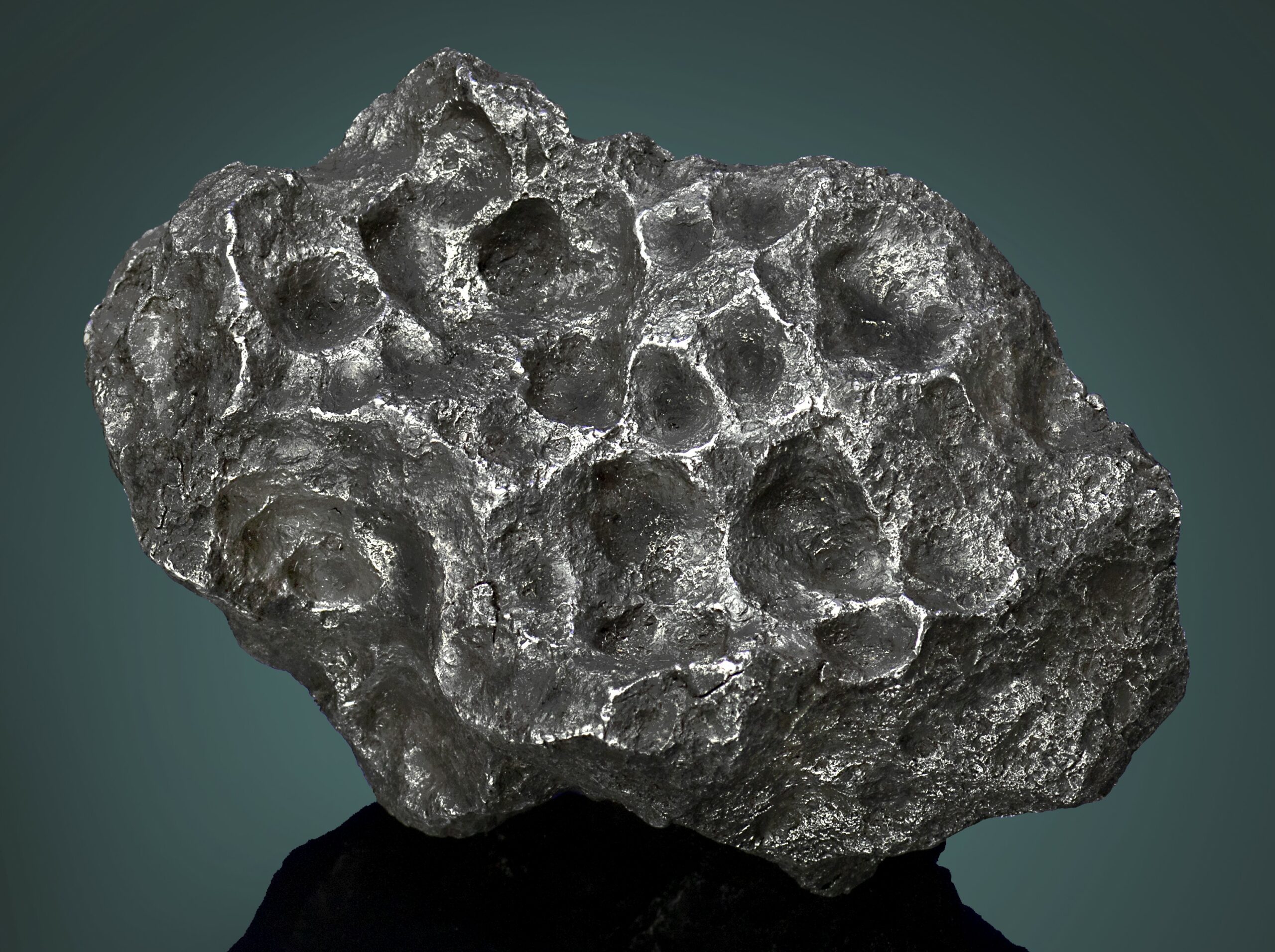
The El Chaco Meteorite
Conclusion
The study of famous meteorites provides a fascinating glimpse into the history of our solar system and the dynamic processes that shape our planet and its neighbors. From the enormous Hoba meteorite in Namibia to the scientifically rich Allende meteorite in Mexico, each of these space rocks tells a unique story. Whether they are famous for their size, composition, historical impact, or dramatic falls, these meteorites continue to captivate scientists and the public alike, enriching our understanding of the universe.
FAQs
1. What are some of the most famous meteorites in history?
Some of the most famous meteorites include the Hoba meteorite (Namibia), the Allende meteorite (Mexico), the Chelyabinsk meteorite (Russia), the Murchison meteorite (Australia), and the Sikhote-Alin meteorite (Russia). These meteorites are renowned for their scientific significance, size, or the dramatic circumstances of their discovery.
2. Why are some meteorites more famous than others?
Meteorites become famous for various reasons, including their scientific importance, unique composition, size, historical and cultural impact, and the circumstances of their discovery. Meteorites that provide valuable insights into planetary science, contain rare elements, or have notable historical stories tend to capture more public and scientific interest.
3. What are the most famous meteorites discovered?
Some of the most famous meteorites include: 1- Hoba meteorite in Namibia 2- Allende meteorite in Mexico 3- Chelyabinsk meteorite in Russia 4- Murchison meteorite in Australia 5- Sikhote-Alin meteorite in Russia 6- Willamette meteorite in the United States


